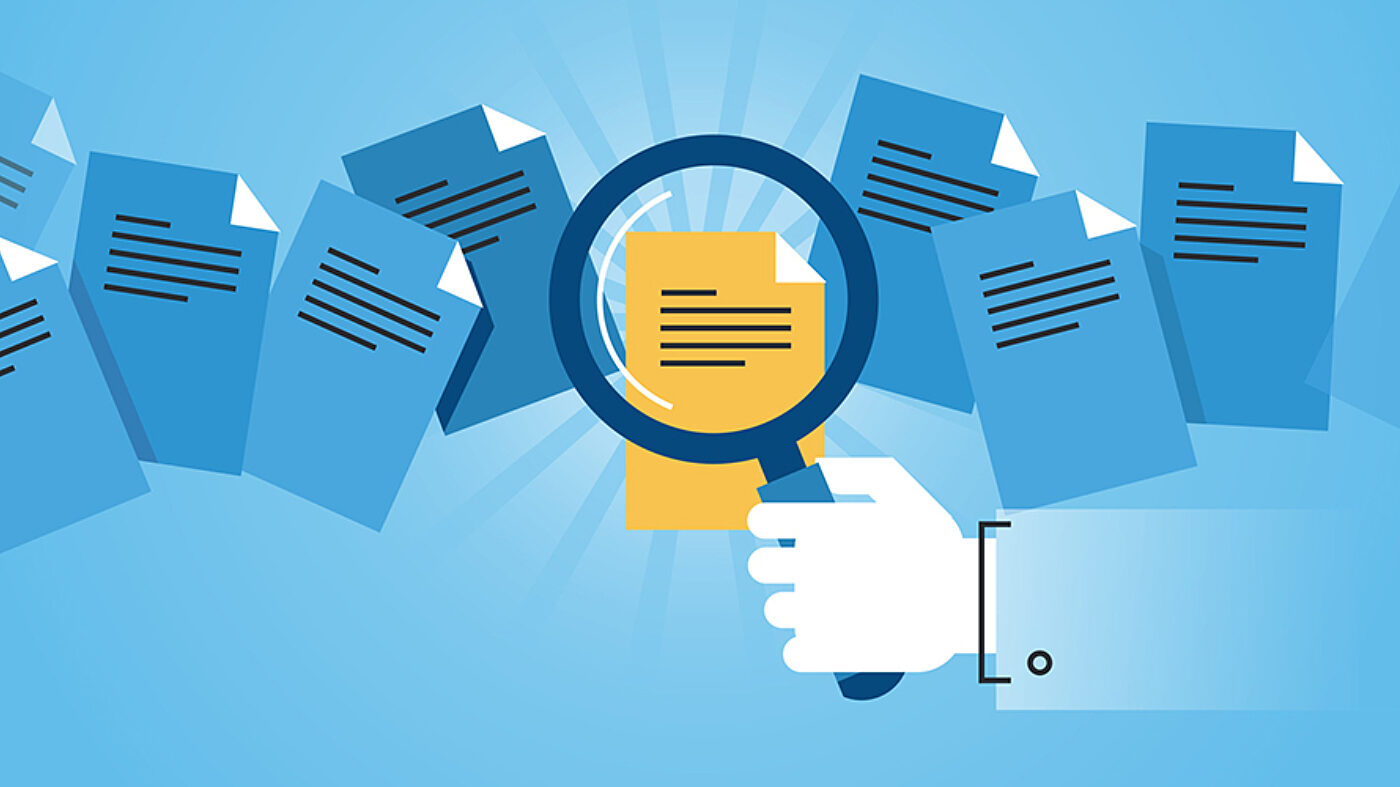The International Monetary Fund predicts that global growth is forecast to slow from 6.0 percent in 2021 to 3.2 percent in 2022 and 2.7 percent in 2023, while the Organization for Economic Cooperation and Development notes that inflation will remain at high levels for the foreseeable future. As organizations begin to close the books on 2022, many are wondering how these macroeconomic trends will affect budget planning for next year. While it’s difficult to predict with certainty how long this slowdown will last, organizations should assume that they will need to do more with less and show how any technology investments map to overall business goals.
But what does this have to do with contracts, or more specifically, contract management? It all comes down to data. Contracts contain an enormous wealth of data that can be used to uncover the insights necessary about a business to weather or even thrive during tough times. These can be insights about contractual obligations, vendor management, customer risks, processing bottlenecks, and more.
Unfortunately, many organizations still use antiquated techniques for managing legal agreements which puts them at a severe disadvantage during any economic environment but especially a challenging one like we’re beginning to experience. Old school techniques for managing contracts like spreadsheets, shared drives, and email render contract data unusable and require a high level of manual and error-prone effort. That’s why so many organizations are adopting or evaluating contract management software to digitally transform the way they manage legal agreements.
Contract lifecycle management (CLM) software allows them to take advantage of the data already at their fingertips and get additional value. In fact, CLM software can automate the entire contract lifecycle, removing many of the variables from contract management. According to Deloitte, this reduction of errors and speeding up of contract workflows can reduce costs by up to 60%. There are several solutions on the market, but before investing in this kind of software, organizations should ask the following questions to ensure the CLM solution has all the features it needs:
- How will contracts be stored? The best CLM systems include a cloud-based centralized digital repository that stores all contract data including the actual contracts and supporting documentation. These could be scanned and digitized older contracts as well as new ones created using the CLM software. If you have a large volume of existing contracts to upload into the software or perhaps you process a lot of third-party legal agreements, you’ll want to make sure your CLM vendor supports AI-powered data extraction and natural language processing (NLP) capabilities. This will automate the hard work of getting them loaded in the software by eliminating any need for manual data entry.
- Is it easy to search and access contracts? A centralized repository should make it easy to find information, and features like optical character recognition (OCR) technology scan and index all the information in contracts to make them completely searchable. You can run simple or complex text searches to find things like which agreements have certain legal language that may need to be replaced or updated such as a governing law or indemnification clause. From an accessibility standpoint, you’ll also want to ensure the software support can securely regulate accessibility to all your sensitive contract data. Features like role-based and feature-based permissions, authentication settings, encryption, and single sign-on (SSO) are just a few examples to keep in mind.
- How will it optimize my business processes? The promise of buying software to manage your contracts is that it should streamline and automate your contracting process. For example, clause and template libraries allow organizations to create and store approved legal language and contract formats such as NDAs, MSA, and SOWs, allowing users to choose pre-approved and compliant contract elements when building a new contract. Automated workflows are another great CLM feature that give organizations the ability to route contracts automatically to the right individuals and departments for editing, review and approval. Another way that CLM software speeds up contract workflow is with eSignatures. Signing a contract electronically is legally binding, fully secure, and easy to track and verify.
- How can I demonstrate a quantifiable ROI? Anything that makes CLM easy to use will help organizations get more value from it. Automated notification systems help organizations track all critical dates with alerts for when contract deadlines and obligations are approaching. This eliminates the risk of missing key obligations such as a termination window or other commitments. The best CLM solutions also offer easy-to-use contract dashboards and reports that show the progress of all contracts, the number of new and active contracts, their current status, the total contract value, contracts soon to expire, and more. CLM software allows organizations to take control of contract processes to make sure that they are operating as efficiently and effectively as possible. Along with having complete visibility into the contract process, the benefits outlined above about centralization and automation immediately reduces the time it takes to manage all that data manually.
- How will it provide visibility into my process and performance? One of CLM software’s greatest advantages is that it allows organizations to benchmark how long it takes for each step in the contract process, identify bottlenecks and deviations and use that data to optimize performance. For example, organizations can configure processing metrics to track data about average number of days in a contract lifecycle; average time to achieve contract milestones like requesting, drafting, negotiating, approving and signing contracts; ratio of complete, outstanding and missed contract obligations; and total dollar value and volume of active contracts by type, organization, risk profile, as well as other contract intelligence unique to their business. The benefits from this kind of visibility range from faster sales to better vendor management, reduced risk, and increased efficiency of resources.
Takeaway
In an era where every dollar is being scrutinized, CLM software helps address a number of issues including visibility, cost, efficiency and risk reduction by giving organizations the information necessary to make data-driven decisions that improve and optimize business processes in 2023.
Published November 18, 2022.




